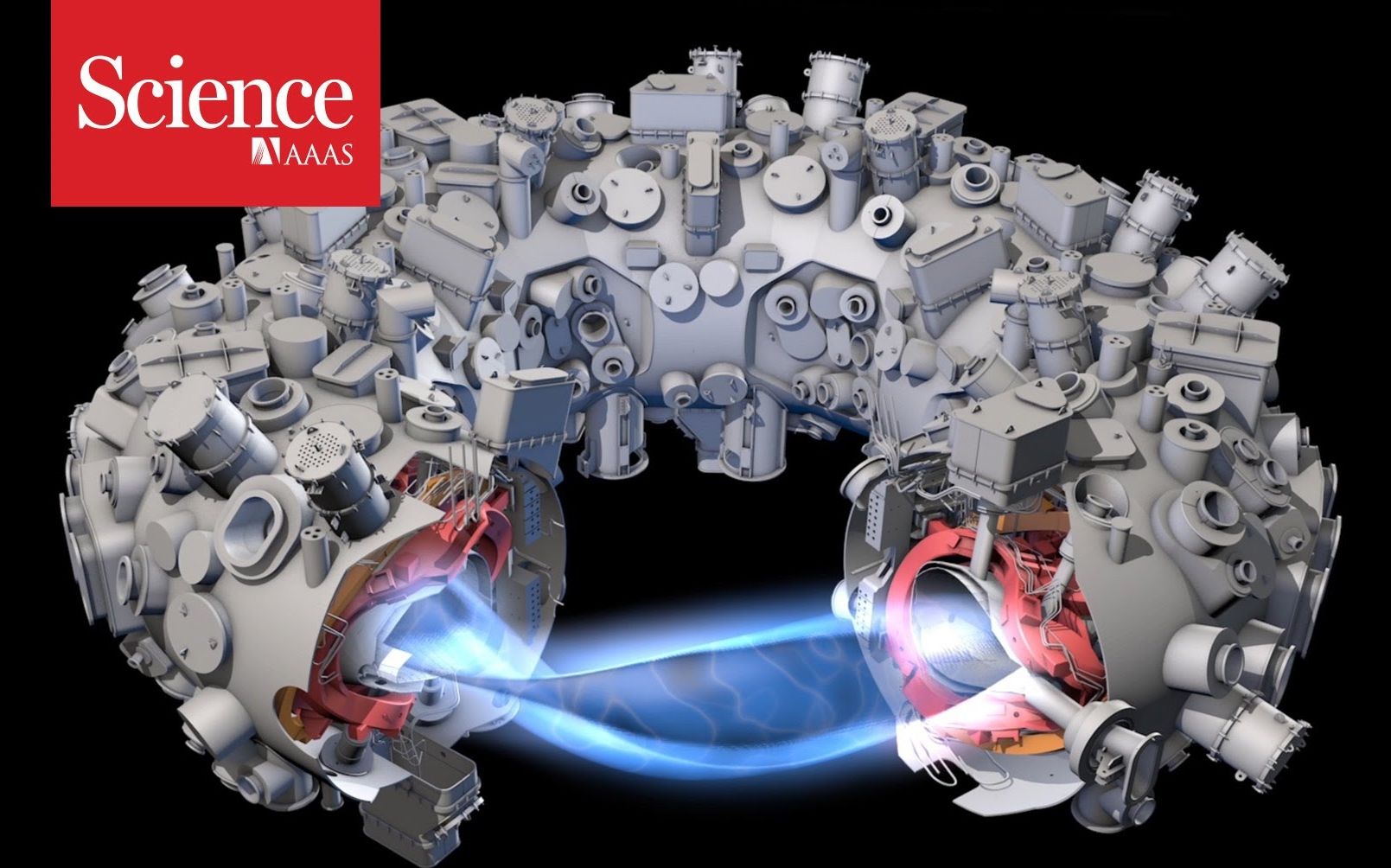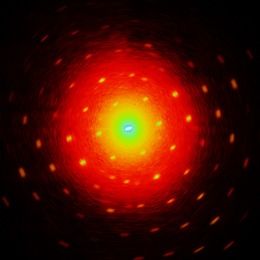Oct 30, 2015
Project Loon is set to circle the planet with Internet balloons in 2016
Posted by Shailesh Prasad in category: internet
Google’s Project Loon is a massively ambitious plan to provide Internet connectivity to areas of the planet that don’t already enjoy good access to the web. How? Via a huge fleet of helium balloons that hang in the stratosphere 20 kilometres above the surface, assembling to form a high-tech communication network that beams the web to the surface.
And the undertaking is only getting more ambitious, with the company announcing this week that it plans to circle the planet with a ring of Project Loon balloons that will provide a perpetual data service for those living underneath its path.
It sounds like science fiction, but this isn’t some faraway ethereal concept we’re talking about. Google says it will do this next year, provided current tests work out as planned.
















